Reporting for duty: the cutting edge of Ukraine’s Bakhmut offensive
It’s tough on the ground at the site of ‘some of the most intense fighting’ but everything hangs on the ability of Ukraine’s soldiers to hold fast and keep moving forward.
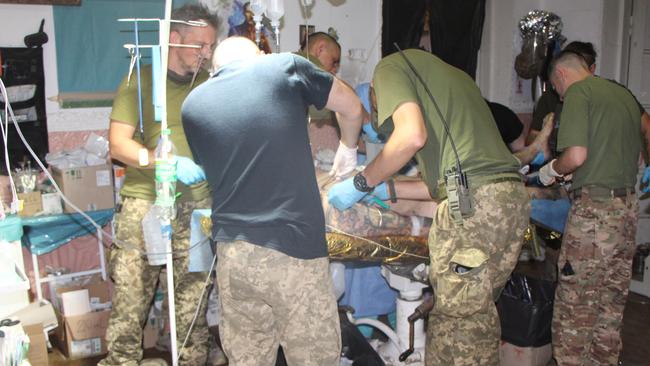
“We think we’re doing well and moving forward, and that no other force could move faster than us,” Oleg, 42, a company sergeant major in the Ukrainian army’s 80th Air Assault Brigade, tells me, dismissing criticisms of slow Ukrainian progress in the current offensive. “Taking back 100m of our homeland is a big distance, too, and it means a lot for Ukraine.”
We are at a training facility somewhere west of Bakhmut. There was bitter fighting in this area throughout the northern spring, culminating in a declaration of victory by Wagner Group leader Yevgeny Prigozhin on May 20.
Prigozhin, evidently, spoke too soon. Now the city and its surrounding area are in play once again. And now it is the Ukrainians who are grinding forward, to the south and north of Bakhmut, making gains daily and raising the possibility of an encirclement of the Russian forces.
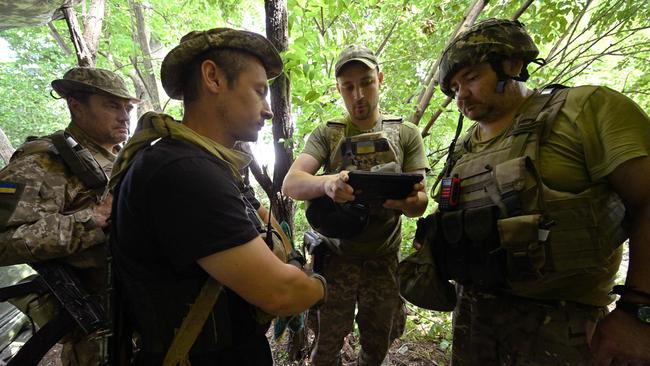
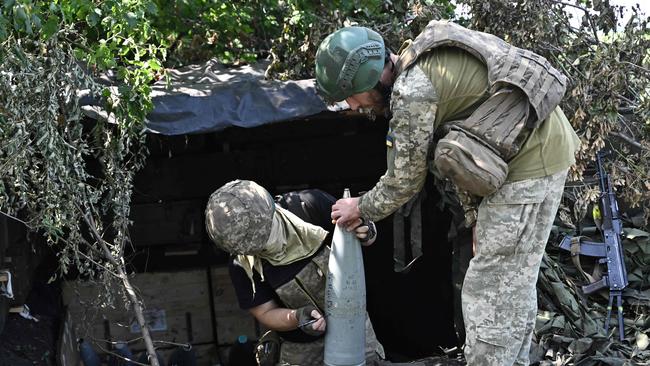
The cost is heavy, though, and gains are being made only as a result of titanic daily efforts by the fighters on the ground. Early this month, Inquirer spent a week in the company of some of the units at the cutting edge of the Ukrainian offensive in this area.
“Steady gains to both the north and south of the Russian-held town,” according to a terse statement by British Defence Intelligence issued on July 8, widely quoted in Ukrainian media. “The site of some of the most intense fighting along the front.” This is what those sentences mean as seen from below.
The 80th airborne is one of the units that bore the brunt of the Russian assault in Bakhmut throughout the winter and spring. We meet one of the assault battalions of the unit at a training facility a few kilometres behind the frontline in the Bakhmut region. The battalion has been taken from the line for a few rest days before its next deployment. Rest for Ukrainian combat units, however, doesn’t have its usual connotation. The days away from the line are used by the fighters to hone and practise their tactical skills, and by commanders to discuss the enemy’s tactics and formulate and develop responses.
“When we’re away from the frontlines, even after one or two days, you start to lose skills,” Oleksandr, 23, one of the fighters of the 80th, tells us. “So we practise every day. How to clear trenches, how to clear buildings, how to stand and move correctly.”
The 80th is a longstanding unit of the Ukrainian army, tracing its origins back to the first days of the nation’s independence. But, like other units, it had to expand quickly and take in new fighters when the Russian invasion came. Oleksandr, like many of the men engaged with the 80th, had no experience of soldiering before the war. “I got mobilised, and trained for 40 days,” he tells Inquirer, “but the main knowledge I have, I got from the fighting itself, and from my brothers here.”
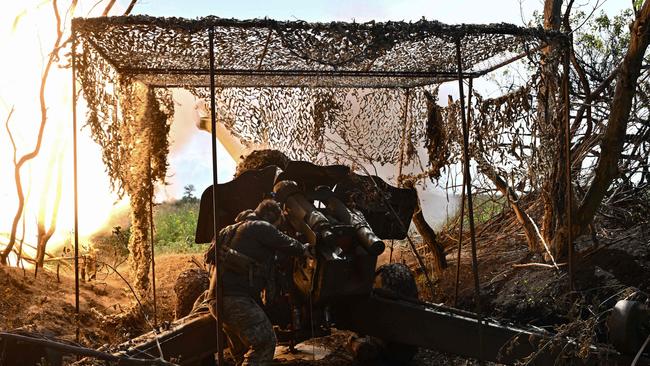
Nazar, 27, a former solar panel engineer from the Kyiv area, toys with a grenade from his pouch as he recalls the details of the bitter, close-quarter fighting in Bakhmut.
“The closest I had was at 10m,” he says. “They were coming forward with Kalashnikovs. About 15 people. I can’t describe the feeling, really. A lot of adrenalin. I didn’t even understand what I was doing.
“We fought Wagner, and then some mobilised Russians too. The Russians would use artillery in the morning, and then Wagner would just come forward. Many of them died … With Wagner, the feeling was that we’ll kill them, or if they go back, then their own guys will kill them.”
Watching the 80th airborne go through their paces on the training ground, their fluency and confidence with their weapons is obvious. These young civilians, with their minimal training and their immense combat experience, are at the brunt of the largest conventional war in Europe for 80 years. For Ukraine, and perhaps for Europe too, everything hangs on their ability, and the ability of thousands of others like them, to hold fast and keep moving forward.
In the Bakhmut fighting, the role of artillery is crucial, as the Ukrainians seek to soften up the Russian positions before sending their infantry and armour forward. To the north and south of the city, Ukrainian gunners daily pound the Russian positions. Villages such as Klischiivka, to Bakhmut’s immediate south, have become crucial targets, offering control of the high ground above the city. The Russians are proving no less tenacious in defence as the Ukrainians showed themselves to be last year in the early months of the invasion.
The Ukrainian gun positions are well hidden in wooded areas, concealed from the attentions of Russian drones. The gunners’ dugouts are a small distance away, dank, stifling and concealed under the earth. The moments of vulnerability come when the gun crews must make it from one to the other, sprinting across the open ground to reach the gun position and begin their work.
Nevertheless, at an L119 howitzer position outside Kostyantynivka, southwest of Bakhmut, the mood is optimistic. Like their infantry comrades, these men are relative newcomers to their trade. Similarly, they have had to learn fast, through practical experience. The British-made L119 has been on the Ukrainian battlefield since late last year. It is a light, towed weapon, in keeping with the airmobile composition of the 80th brigade. The crew operating the howitzer was part of one of the brigade’s mortar platoons before the war. A short training period – “maximum one month, maybe even less, and maybe it’s enough because then we get more experience in the practical context”, Andrey, 33, one of the gun crew, tells us – and they were thrown into the Bakhmut fight.
We watch as the gunners blaze away on the L119, firing volley after volley of shells beneath the heat of the midday sun, seeking to batter open the gateway eastwards. Andrey, on one knee a little behind the gun, receives the co-ordinates from farther ahead. Oleg, 34, the commander, adjusts the range accordingly, and the crew keeps up the pace of the fire. “There’s a need to be very precise and to maintain very good communications, because the forces are bunched up there together, to avoid some terrible mistake.”
Here, at least, there appears little doubt regarding the nature of the offensive and its pace. “The command is trying to minimise casualties,” says Oleg, the gun commander. “So that’s why we’re doing it step by step.” Little doubt, either, regarding the centrality of their task. “It’s on us. We know that. We’re responsible for the success of it. And that’s all.” Farther ahead, around Klishchiivka and Chasiv Yar, clashes are taking place daily, with heavy casualties on both sides.
At a casualty clearing station somewhere close to the frontlines, we witness close up the efforts of the Ukrainian medical teams to fight for the lives of wounded soldiers. The “stabilisation point” is located in an anonymous-looking building in an otherwise deserted village. This is one of the sites where soldiers wounded in battle receive their first, vital, medical attention before being transported, if they survive, to the hospital in Druzhkivka. The station is under the command of the 5th Assault Brigade, a formation assembled at the beginning of the invasion last year.
Dimitri, 40, a former surgeon from Kyiv, is the commander of the station. He was running a company doing clinical trials in the years preceding 2022. He volunteered for the army in the first days of the war, when the Russians were menacing the Ukrainian capital.
“Our job here is mainly to stabilise injuries and most importantly to control bleeding. We do reanimation if necessary, and then we move soldiers to the hospital.” And surgery? “Surgery in these conditions is impossible. There’s no electricity in the city. Everything’s run by generators. But we have all the necessary materials and medicines for controlling bleeding. We can have anywhere between 15 and 120 cases in a day; 2 to 4 per cent of them are bullet wounds. Lots of shrapnel wounds, concussions, mine wounds. Some cases of chemical weapons, though no fatalities from that yet.”
The atmosphere inside the station is close and oppressive. The necessity for security means that no daylight gets in, so even in the middle of the day light is provided by a few flickering bulbs. This creates an eerie, slightly out-of-time atmosphere, which the thick walls with their peeling whitewash and the 1950s long corridors add to.
Margarita, 27, from Poltava, is one of Dimitri’s team at the station. A dentist by training, she was in the middle of her internship when the war broke out and she joined the army in the first days. It’s a quiet afternoon at the station when we arrive and there is time for talking.
“I was worried about my relations, my friends and parents, so I decided I could be more useful here. I didn’t have a husband or kids, so why not? First I was in Kyiv. The brigade was forming. And from summer last year I’m in the Donetsk region with the brigade.”
As we speak, information comes in that a badly wounded casualty is being brought to the station. The slow afternoon atmosphere abruptly changes. A minute or so later, a light armoured vehicle parks outside and the team rushes to bring in the wounded man.
The soldier, a well-muscled young man with his body covered in tattoos, is swiftly brought in on a stretcher and placed on the operating table. His uniform taken off, several holes are apparent in his back and upper thighs. Shrapnel wounds. Margarita, Dimitri and the others swiftly set to work. The young man is half-conscious, moaning. Monitoring equipment is placed on his chest. There is tension in the dank air as the work progresses. Hardly any talking. About 10 people gathered around the operating table, in the half light of a single bulb, and the young man’s body attached to a welter of tubes and wires. Then, gradually, the tension lifts. The bleeding has been stalled, the situation stabilised. Within a few minutes the soldier is back in the vehicle and on his way to the hospital in Druzhkivka.
The quiet and calm slowly return. “Everything’s challenging,” Margarita tells us before we leave, “but most of all the psychological side. You see all these very young men, injured, sometimes shaking and lashing out, and they’re so very young, to find themselves in that state.”
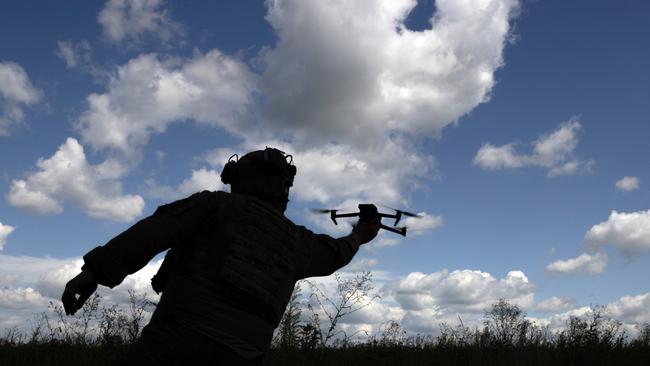
On the road farther south we see the body of a Russian soldier. It looks as if it has been there for a while, the flesh beneath the skin almost disappeared, the skull with a thin film of skin, turned brown in the sun, stretched over it and a gaping hole in the top of the head. His weapon is gone. The sad remnants of a Russian uniform and webbing are still on his body, and his legs are twisted in that curious, unnatural angle one sometimes sees in corpses on battlefields.
This is the Ukraine counteroffensive, from the Bakhmut front, close up. Mobilised civilians, high morale, good organisation. Forward motion, yes, but grinding and slow and at a heavy cost. The breakthrough cannot come too quickly for the young Ukrainians who crew the armies of President Volodymyr Zelensky and General Valery Zaluzhny. Perhaps the real hammer blow lies ahead, and perhaps it will come, somewhere on the 1200km front, before the end of the northern summer. In the meantime, the 80th airborne brigade is on its way back to the frontline in Bakhmut, the direction is forward, and the guns begin each morning.
Jonathan Spyer is director of the Middle East Centre for Reporting and Analysis. He is the author of Days of the Fall: A Reporter’s Journey in the Syria and Iraq Wars.



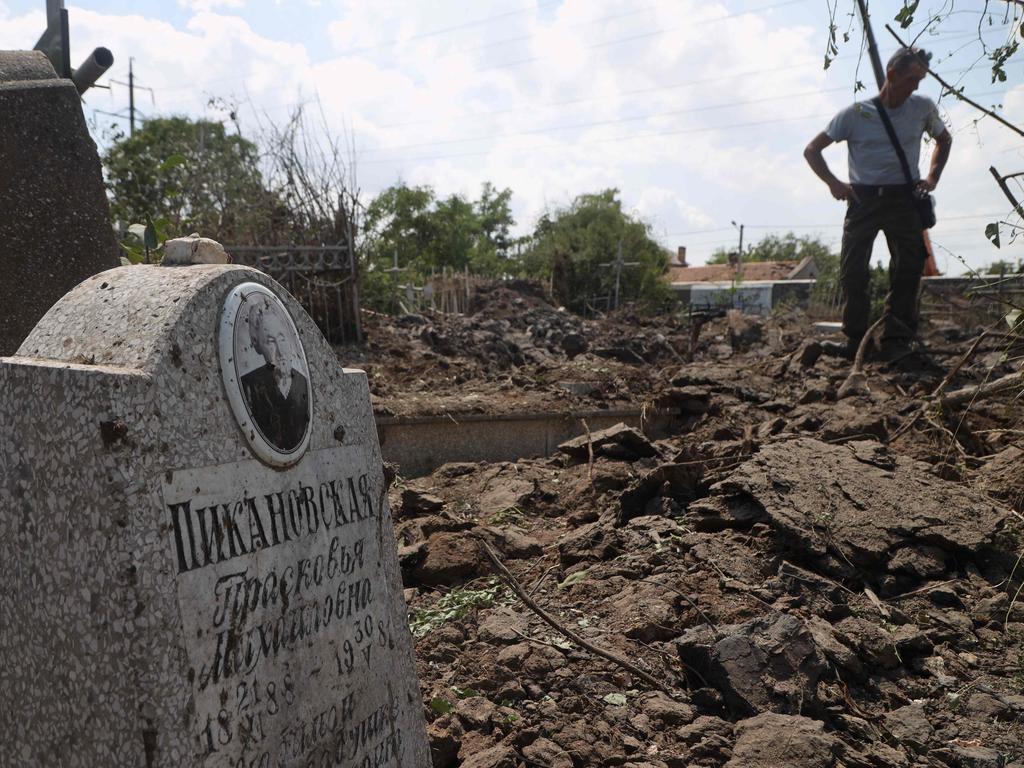


To join the conversation, please log in. Don't have an account? Register
Join the conversation, you are commenting as Logout